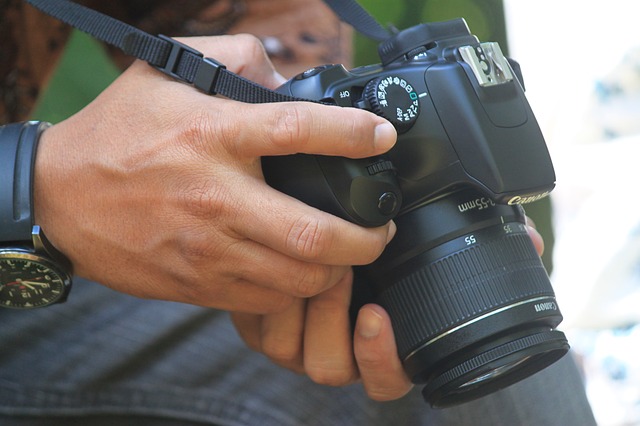Photography is a fascinating and highly rewarding hobby. With smartphones carrying highly sophisticated cameras these days, more and more people are starting to take up photography as a serious pursuit. If you’re thinking of getting into photography, then you might be wondering what kind of equipment you’ll need to get your hands on. Here, I’ve listed some of the main essentials which will give you a great head start.
Image source: Pixabay
Firstly, the most obvious piece of kit, the camera. I know how great smartphone shots are these days, but professionally made cameras still manage to stay a step ahead in many ways. I recommend that all new photographers get started with a low-level DSLR. These may be marketed as a beginner’s camera, but the large majority of photographers won’t need anything else. The only time you’ll really need an upgrade is when you need certain specialised features your current camera isn’t offering you. Things like long-range auto-focus and bracketed shots are some of the features you’ll have to splash out for. It may make sense to get a DSLR which can do everything, but don’t make any rash decisions. You don’t want to pay a fortune for a camera only to go off photography within a month! You can find some good DSLR recommendations at http://www.techradar.com.
The next necessity is lenses. The sensor in your camera will pick up received light, but lenses help that light get to the sensor in the first place. When you buy your DSLR, it will probably come with a lens thrown in, but the options certainly don’t stop there. As a beginner, you probably want both affordability and quality. For both of these, I recommend looking at prime lenses to begin with. These are lenses which don’t zoom, but are cheap and still deliver a fantastic level of quality. If you’re targeting a specific niche in your photography, then think about this when buying lenses. Prime lenses can be fine for things like travel. However, wildlife photographers will certainly want something with decent zoom.
Finally, you’ll want a good memory card. Again, you’ll probably receive one of these with your DSLR. However, there’s a much wider range of quality on sites such as http://bulkmemorycards.com . In your first shoots, there’s nothing worse than realising you’re out of memory right when something amazing passes by. Your choice in memory card hinges mainly on how long your shoots are going to be, and the amount of pictures you want to retain. You’ll also need to check the format of card your camera takes. The two main formats are Secure Digital and Compact Flash. Memory cards care also rated based on their write speeds. The faster your card is able to write data, the more shots you’ll be able to take in a row.
When you have these three pieces of kit, you’ll be all set to jump into the exciting world of photography. Although equipment is important, don’t be a poor workman blaming your tools. The more you shoot, the better your photos will become!
